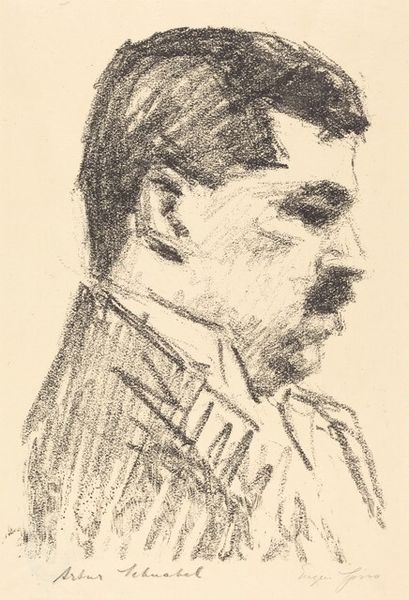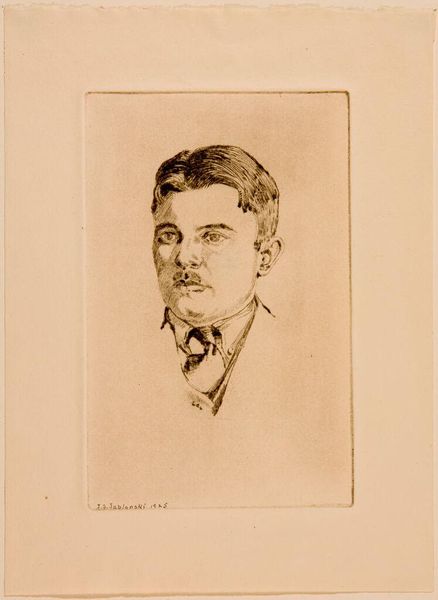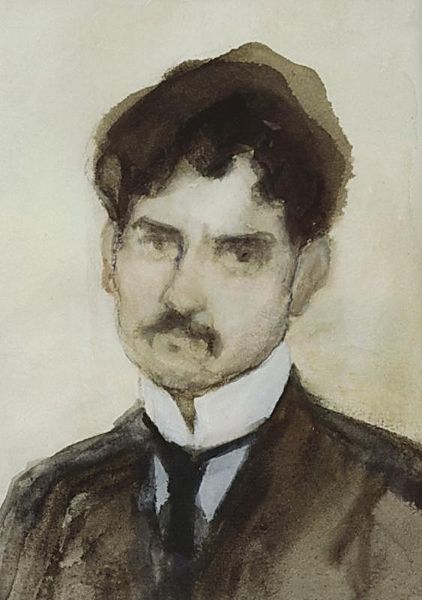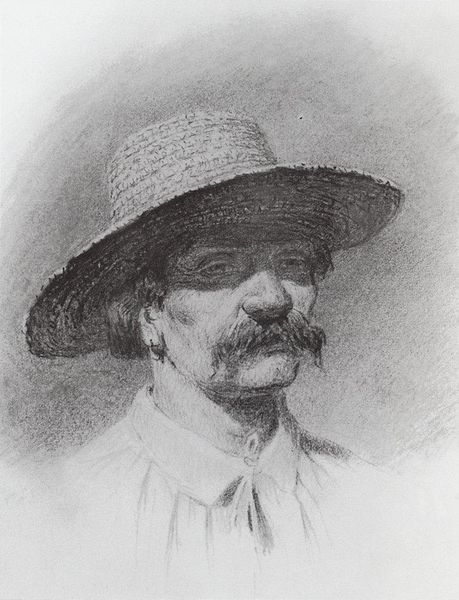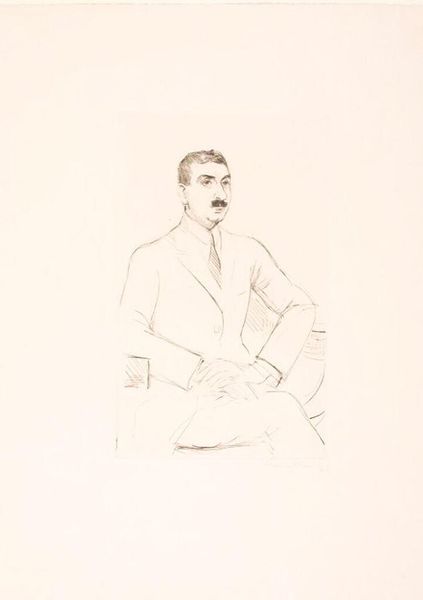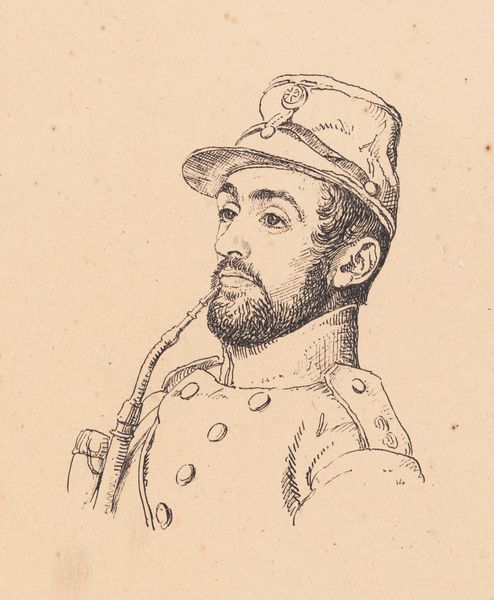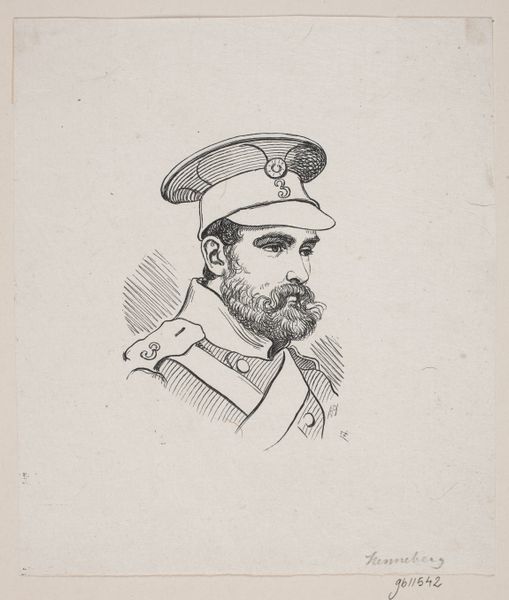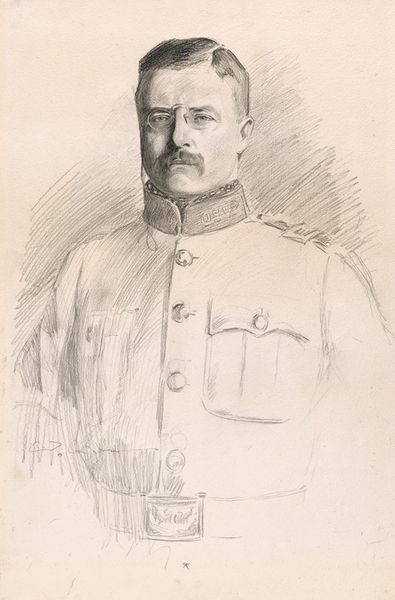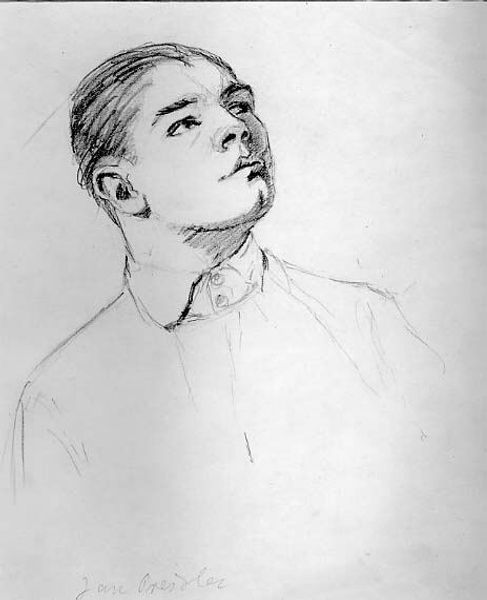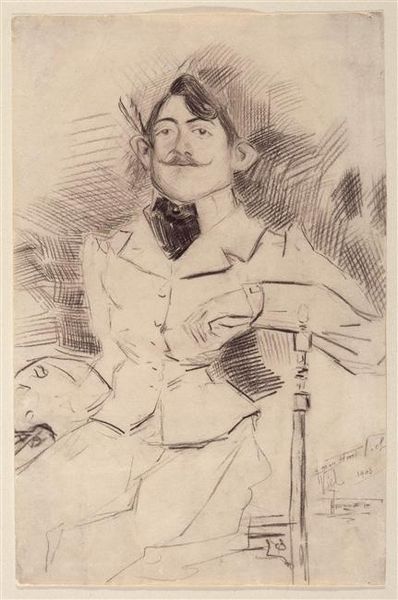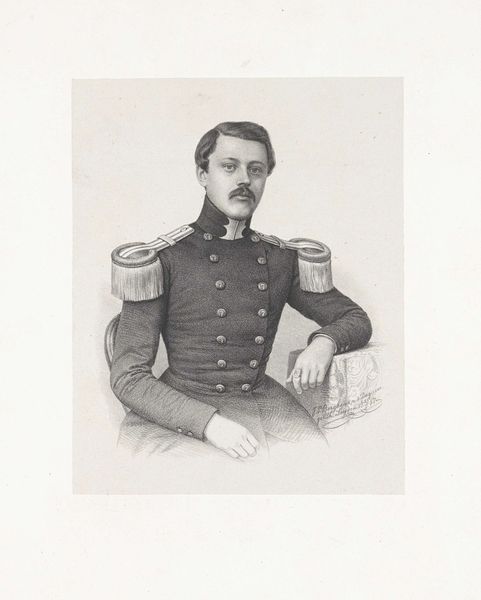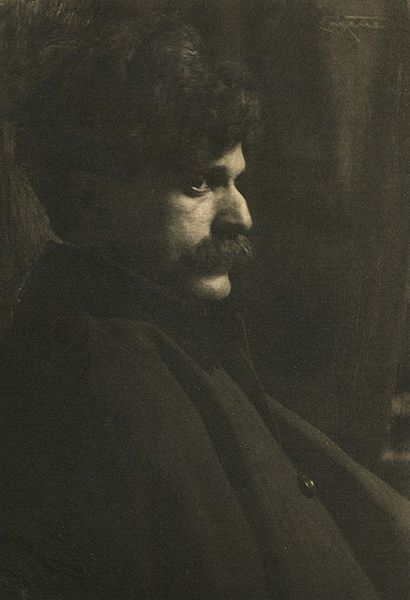
drawing, pencil
#
portrait
#
drawing
#
self-portrait
#
romanticism
#
pencil
#
line
Dimensions: 19.3 x 12.7 cm
Copyright: Public domain
Curator: Let’s turn our attention to Eugène Delacroix’s "Self-Portrait with Cap," rendered in pencil around 1832. What are your immediate impressions? Editor: There's a brooding intensity about it, isn't there? The almost hurried strokes give it a sketch-like quality, yet his eyes hold a depth that suggests so much more than a simple likeness. The cap, though, is interesting…it feels almost like a character in itself, adding a touch of theatricality. Curator: Absolutely. It's fascinating how Delacroix, at the height of Romanticism, is actively constructing his self-image for posterity. Self-portraits weren't just about capturing a likeness, but were assertions of identity. He situates himself within a visual lineage while simultaneously attempting to reshape it. What power dynamics are at play, and how does he use costume to signify this agency? Editor: The institutional framework of portraiture played a massive role. Think of the salons, the expectations of patrons...Delacroix is consciously navigating these waters, projecting an image of the artist as intellectual and individual, yet aware of the demands placed upon him. The cap almost nods to his artistic lineage, hinting at his predecessors while forging his own path. It would be fascinating to delve deeper into how contemporaries viewed such portrayals. Curator: Exactly! Consider the politics of representation – the very act of self-portraiture is a power move, a claim to visibility, to authority within a societal hierarchy often governed by restrictive gender norms and class structures. Who gets to be seen, and how are they seen? Editor: And how were such images circulated, copied, and consumed by a public hungry for representations of genius? It becomes a fascinating feedback loop. What starts as a personal portrayal morphs into a cultural symbol, used to define artistic identity for decades to come. Curator: Yes! Through that lens, "Self-Portrait with Cap" moves beyond simple biography; it offers insights into the construction of artistic persona in a specific historical moment, the struggles around that persona, and how artists both challenge and negotiate cultural expectations. Editor: Agreed. It leaves me thinking about the performativity of self-image in art, then and now, and the interplay between personal intention and public reception. Curator: And for me, the necessity to continue questioning who is absent from these narratives and how power operates in determining artistic visibility.
Comments
No comments
Be the first to comment and join the conversation on the ultimate creative platform.

